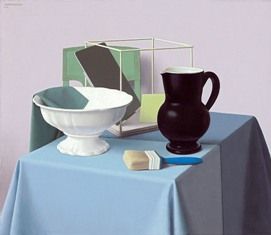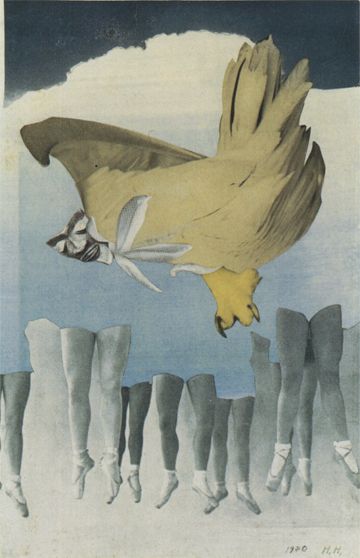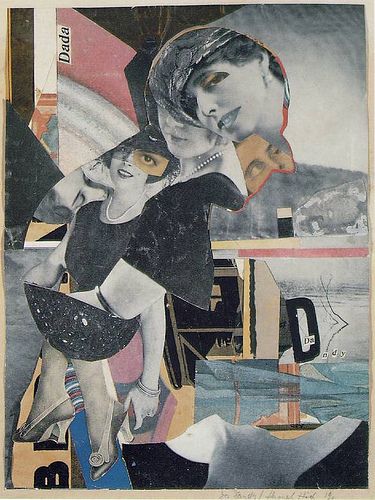Inspiration from the legacy of Art History
Art is both referential and a reference. Like many artists, I take inspiration from the legacy of Art History and my latest series, Photo.Synthesis, created exclusively for LIMITED by Saatchi was no exception. In this series, the images have been composed using a layered format. For the hand rendered collage, each leaf has been individually photographed, cut out, layered and reshot. The effect almost looks digitally rendered but it is handcrafted. And there was a distinct painterly tradition as well as historical collages that inspired these works.
In Europe in the 1920s and ‘30s, artists were working in a variety different artistic styles. Particularly amongst the artists whose primary subjects were still life paintings, when I look at their collected works, I see some commonalities in them. Still life paintings began to become brighter in their lighting sources compared to the century old still life traditions, with subject matter selected for their tone on tone relationship as well as a relationship to one of my favourite subjects; flowers and greenery.
As in all things, artistic subject matter has trends. You can see this some of my favourite painterly inspirations from 1932. It is, in fact, amazing to think that Jan van Tongeren was working eighty years ago; his Still Life compositions. It looks both quite modern but also, obviously, of it’s period. That trick of timelessness is something I sought out when creating Photo.Synthesis, deliberately combining a modern digital and hand-rendered process. Also, his strong use of light and shadow in the simple composition helped inform my ideas to create multilayered light sources by combining different plants with their individual lighting, into one final composition.
In Britain, Meredith Frampton had a close relationship with the Royal Academy until failing eyesight ended his career. He mostly created portraits, making the inspiration for his lesser known still lives that much more interesting to dissect. In this painting, the layering of objects in the foreground, background and around the vase and flower focal point helped inspire the multidimensional process of Photo.Synthesis.
One of the most important elements in the creation of Photo.Synthesis was the use of collage. The Spanish artist Juan Gris did not create collage, his paintings in the early part of the 20th century were very much of their time and reflective of the modern and cubist works that his friends (such as Modigliani) and contemporaries (such as Picasso) were creating. But when you examine a painting like ‘The Open Window’, the angular shapes and layered look of the still life could almost look as though they were a collage; particularly because Gris uses multiple light sources and jarring shadows, an effect I recreated in Photo.Synthesis by photographing items individually before collaging them together and taking a final image.
Juan Gris, ‘The Open Window’
Hannah Hoch did use the medium of collage. A German artist working in the Dada tradition, here ‘photomontage’ or ‘fotomontage’ were created using existing photographs, pasted and reassembled into composite images. Her work was created to explore feminist theories and make bold statements about the period. This really spoke to me, as Photo.Synthesis is my own meditation on the role of nature in our modern life. The idea of Hoch’s collages being assembled out of existing photographs, created in a new format to deliberately say something new was meaningful to me.
These are a few of my inspirations for the new series, which is now available to purchase exclusively from the LIMITED by Saatchi collection.










